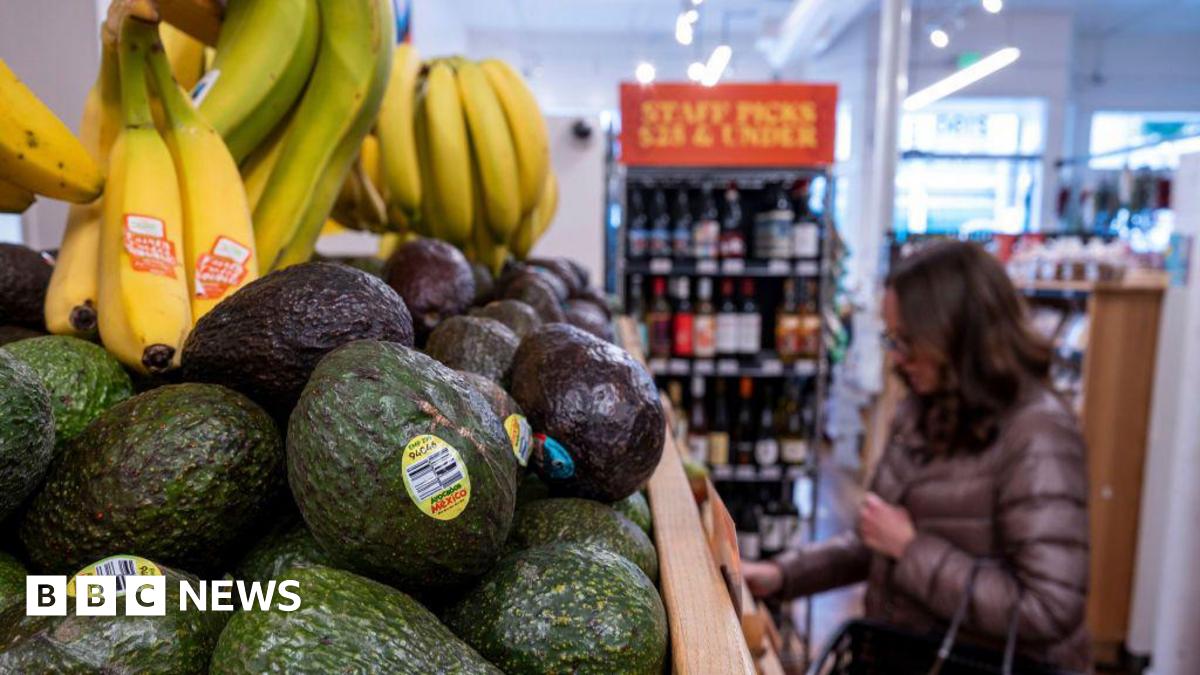The overall impact on household grocery budgets, however, may still end up feeling relatively modest.
Though the US is heavily dependent on foreign supplies in certain categories, such as fresh fruit and seafood, imports typically account for less than 20% of overall food and beverage purchases by Americans, according to USDA.
And many food imports from Mexico – America’s single biggest foreign food supplier – were already spared tariffs, due to White House exemptions for goods covered by a US, Mexico and Canada free trade agreement.
“You will certainly see it on certain products,” said Sean Cash, a professor of food economics at Tufts University. “I don’t think we’re going to see a lot in terms of the average price of groceries coming down.”
Food companies are still facing higher costs from tariffs on materials like aluminium, used to make canned foods; items like wine, cheese and palm oil did not make the list.
Recent jumps in food prices also reflect factors unrelated to tariffs, like rising labour costs and droughts, which hit coffee and cattle supplies.
“If we got rid of trade barriers on food items and food commodities, would that make food cheaper in the US? Yes, a little bit, but not that much, because most of what we’re buying are services,” said Daniel Sumner, a professor of agricultural economics at the University of California, Davis, noting costs like border inspections, washing, trucking fees and supermarket workers.
